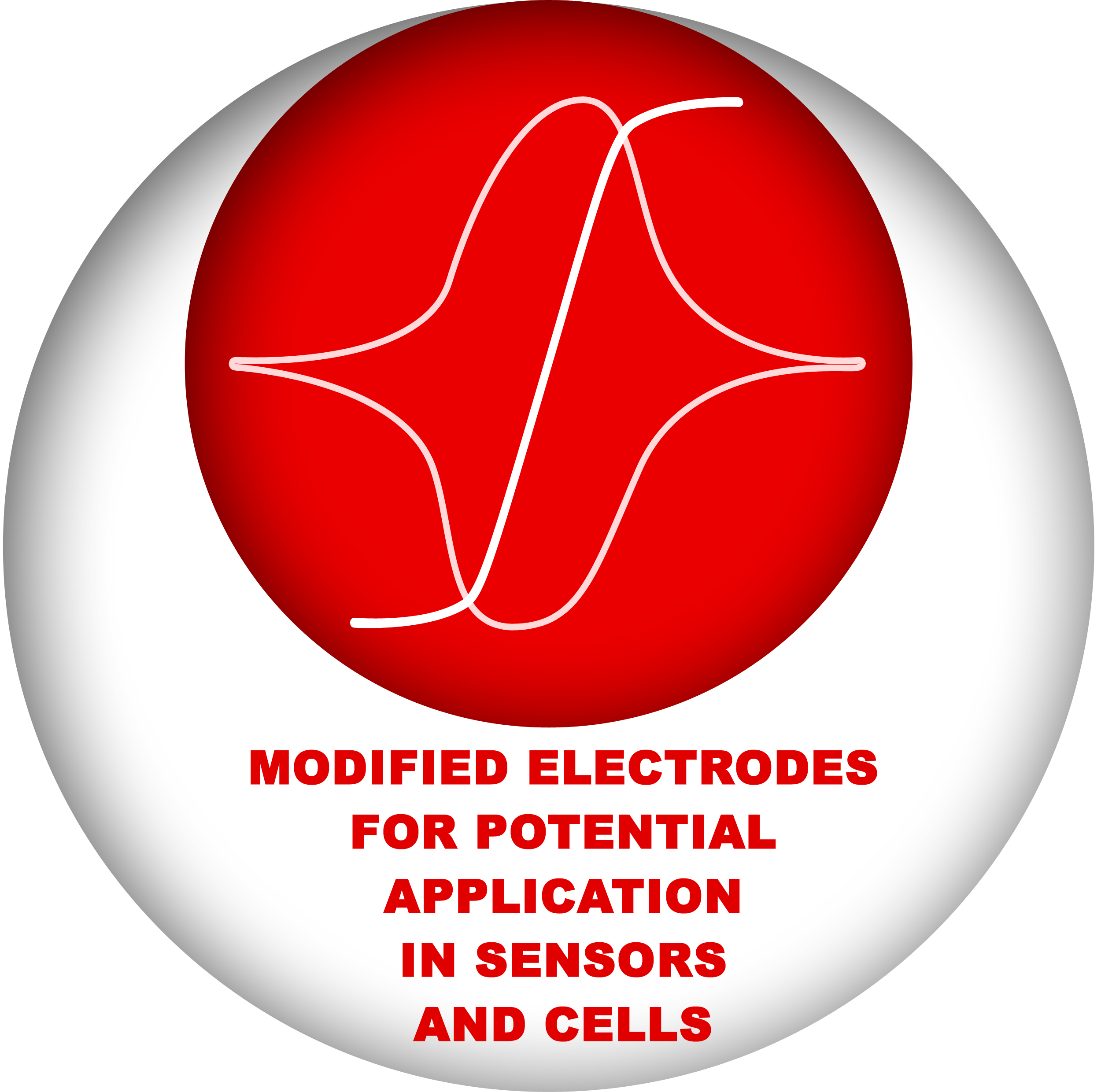Modified electrodes for potential application in sensors and cells
The research of Opallo group is mainly focused on development of modified electrodes for potential application in sensors and electrochemical cells. The materials used for electrode modification include carbon and metallic (Au, Pt, Pd, Cu) nanoparticles, MoS2 nanosheets, nanomaterials based on graphene, and doped graphene and carbon nanotubes. The electrodes are modified by (droplet deposition, layer-by-layer), polymer matrix encapsulation or locally by Scanning Electrochemical Microscopy (SECM). They are applied to a wide range of electrocatalytic reactions as oxidation of glucose, formic acid, ascorbic acid and other organic molecules, hydrogen evolution, reduction of oxygen, hydrogen peroxide and carbon dioxide. Some of these electrodes are applied in direct formic acid and hydrogen fuel cells and these devices are tested.
The studies of electrocatalytic reactions at nanoparticulate electrodes are extended to nanoparticles suspensions in forced convection conditions at rotating disc electrode or in fluidic system. SECM is also applied to pH local sensing and to studies of enzymatic reactions.
Ion transfer and (electro)catalytic reactions at liquid|liquid (organic solvent|water, ionic liquid|water) interface is another research area of Opallo group. Two key reactions: hydrogen peroxide and hydrogen generation are studied also by SECM technique.
All above mentioned studies are not only oriented towards potential applications, but also for better understanding of the studied electrode materials and processes.



